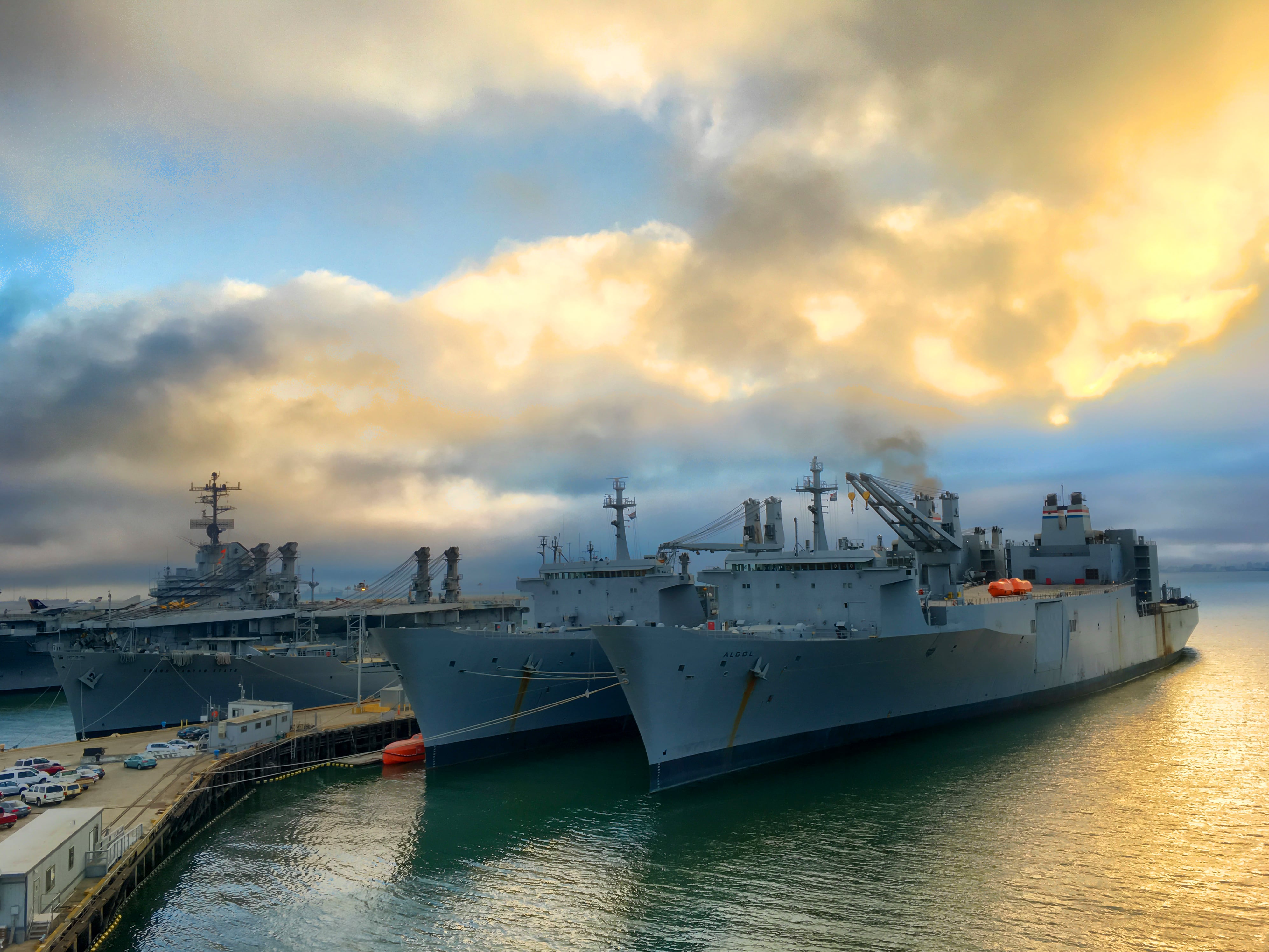WASHINGTON — A struggling Philadelphia shipyard got a new lease on life April 8 with the announcement that it had been selected to build up to five training ships for the Maritime Administration destined for use by civilian mariners attending state maritime academies.
The contract, issued by Alaska-based company TOTE Services, tapped Philly Shipyard to build the first two national security multimission vessels, or NSMV, for a total of $630 million, according to the trade publication Marine Log.
The ships, which will feature the latest navigation and bridge technologies, will be able to accommodate up to 600 cadets but will also be available for use by the federal government for disaster relief operations. The ships come with a roll-on/roll-off ramp and a crane that can be used for moving equipment and containers.
The NSMVs will be 525 feet long and about 90 feet wide, or just a little smaller than a Ticonderoga-class cruiser, according to a Maritime Administration fact sheet.
MARAD Administrator Mark Buzby said the contract is a win for American shipbuilding jobs.
“Investing in maritime education creates more American jobs,” Buzby, a former Navy flag officer, said in a statement. "By the selection of Philly Shipyard, Inc., as the construction shipyard for the NSMV, this effort is not only bolstering the U.S. Merchant Marine, but the U.S. economy and vital transportation infrastructure as well.”
Philly Shipyard primarily makes Jones Act ships, or vessels that exist only because the Jones Act mandates that goods shipped between U.S. ports must be sent on U.S.-flagged ships built and crewed by Americans. The rule is designed to preserve the domestic shipbuilding industry as a national security asset. Without it there would essentially be no domestic commercial shipbuilding industry.
“Philly Shipyard only received one order per year during the last two years and was in danger of closing during 2020 unless it received additional work,” said Bryan Clark, a senior fellow at the Hudson Institute who recently led a study of the domestic shipbuilding industry.
“Philly is important not just because it is a significant employer in the Philadelphia area, but also because it is one of the shipyards the government depends on to build smaller auxiliary and non-combatant ships such as Coast Guard cutters, NOAA research ships, and Navy unmanned surface vessels, survey ships, and towing and salvage vessels.”
RELATED

The vessels could also prove useful in the Navy’s quest to identify a flexible hull that can meet a number of missions as it seeks to replace its aging logistics fleet, said Sal Mercogliano, a maritime historian at Campbell University.
“I think those vessels serve as a potential hull form for maybe a hospital ship, maybe a command ship, an aviation logistics ship, a sub tender: There’s potential there,” Mercogliano said.
The Navy planned to develop and field two variants of a Common Hull Auxiliary Multi-Mission Platform, one for sealift purposes and one for other auxiliary ship missions such as submarine tending, hospital ships, and command-and-control platforms. But late last year, the White House blanched at a cost estimate of upward of $1.3 billion for the submarine tender variant of the CHAMP platform, planned for acquisition in 2024.
For moving lots of tanks and howitzers across long distances, the NSMV isn’t well-suited. But for many of the other missions the Navy needs to recapitalize, including its hospital ships, it could prove useful.
“I don’t think they’d be good for a roll-on/roll-off — it’s not designed for a large mission bay,” Mercogliano said. “But I think for the hospital ship, a command ship, there’s a lot of utility there.”
David B. Larter was the naval warfare reporter for Defense News.








